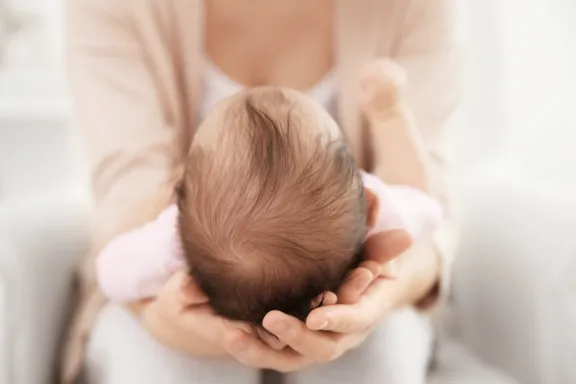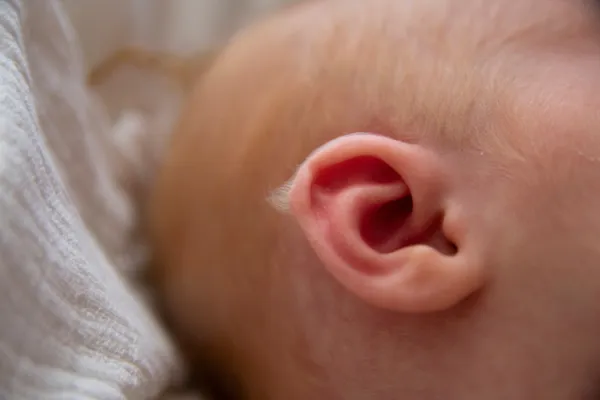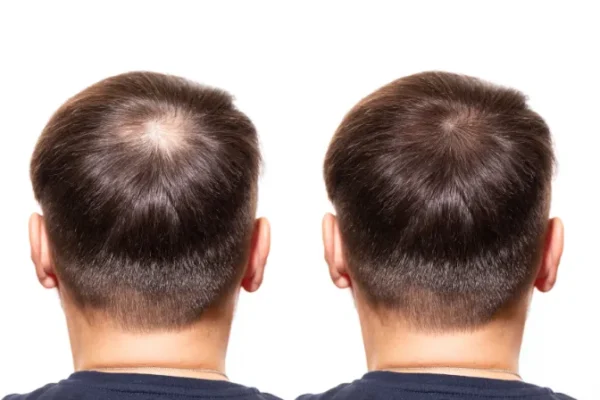Elite Hair Centers
We know that choosing a hair restoration provider is an important decision. At Elite Hair Centers, our unique dermatology and plastic surgery team is dedicated to delivering exceptional results with expertise and passion. This is what sets us apart from the competition.
Hair Development
The development of hair follicles is a complex process that begins in utero and continues throughout childhood and adolescence. It plays a crucial role in hair growth. There are two main types of follicles: terminal follicles, which are larger (like those on the scalp), and vellus follicles, which are smaller (such as those on the arm). The hair shaft of a terminal follicle should be greater than 0.06 mm, while that of a vellus follicle should be less than 0.03 mm.
Hair follicle development starts in the womb with the formation of follicles on the scalp, which then spread to the rest of the body. Initially, soft, short, and fine lanugo hairs form and typically disappear between the 32nd and 36th week of gestation, although they may sometimes persist. Most of these hairs on the scalp, eyebrows, and eyelashes turn into thicker terminal hairs, while a small percentage remain as vellus hairs. The majority of body hairs remain as vellus hairs, and no new hair follicles form after birth.
Around 10 weeks of gestation, hair follicles start developing from a small group of cells called the epithelial placode. These cells proliferate and divide to form the primary hair germ, which then develops into the hair follicle’s epithelial layer. Complex interactions occur between the epithelial cells and the mesenchyme cells (found in the dermis) to drive further development.
The process begins when the mesenchyme stimulates the formation of regularly spaced epithelial placodes. These placodes cause cell aggregation in the underlying mesenchyme, resulting in the formation of the dermal condensate, which eventually becomes the dermal papilla. The dermal papilla then promotes the growth of the epithelial placode, leading to the formation of a mature follicle.

The primary hair germ grows into a follicle peg, while nearby mesenchymal cells form a fibrous sheath. The peg’s tip becomes the dermal papilla. Melanocytes, responsible for hair shaft pigmentation, migrate from the neural crest to the epidermis through the dermis.
The follicle peg elongates to form the bulbous peg, which contains matrix cells that produce the hair shaft and inner root sheath. On the hair follicle’s posterior part, the outer root sheath forms two bulges: the superficial bulge develops into the sebaceous gland, and the deeper bulge becomes the mature bulge area where the arrector pili muscle inserts. This smooth muscle contracts to make hair stand up or cause goosebumps to form on the skin.
As the hair follicle continues to grow, it becomes fully developed and capable of producing hair. At puberty, hormones stimulate vellus hairs in the genital area and axilla to become terminal hairs. At the same time, some terminal hairs on the scalp begin transitioning to vellus hairs, which is androgenetic alopecia.

TESTIMONIALS

Before & After Gallery
*Individual results may vary.

